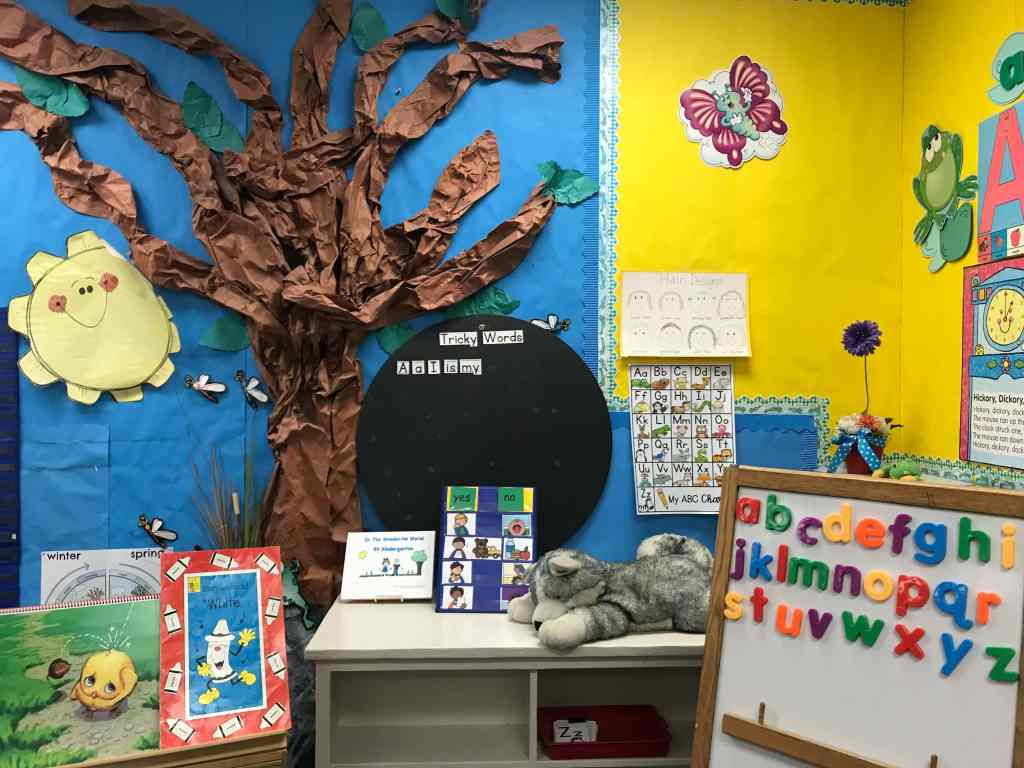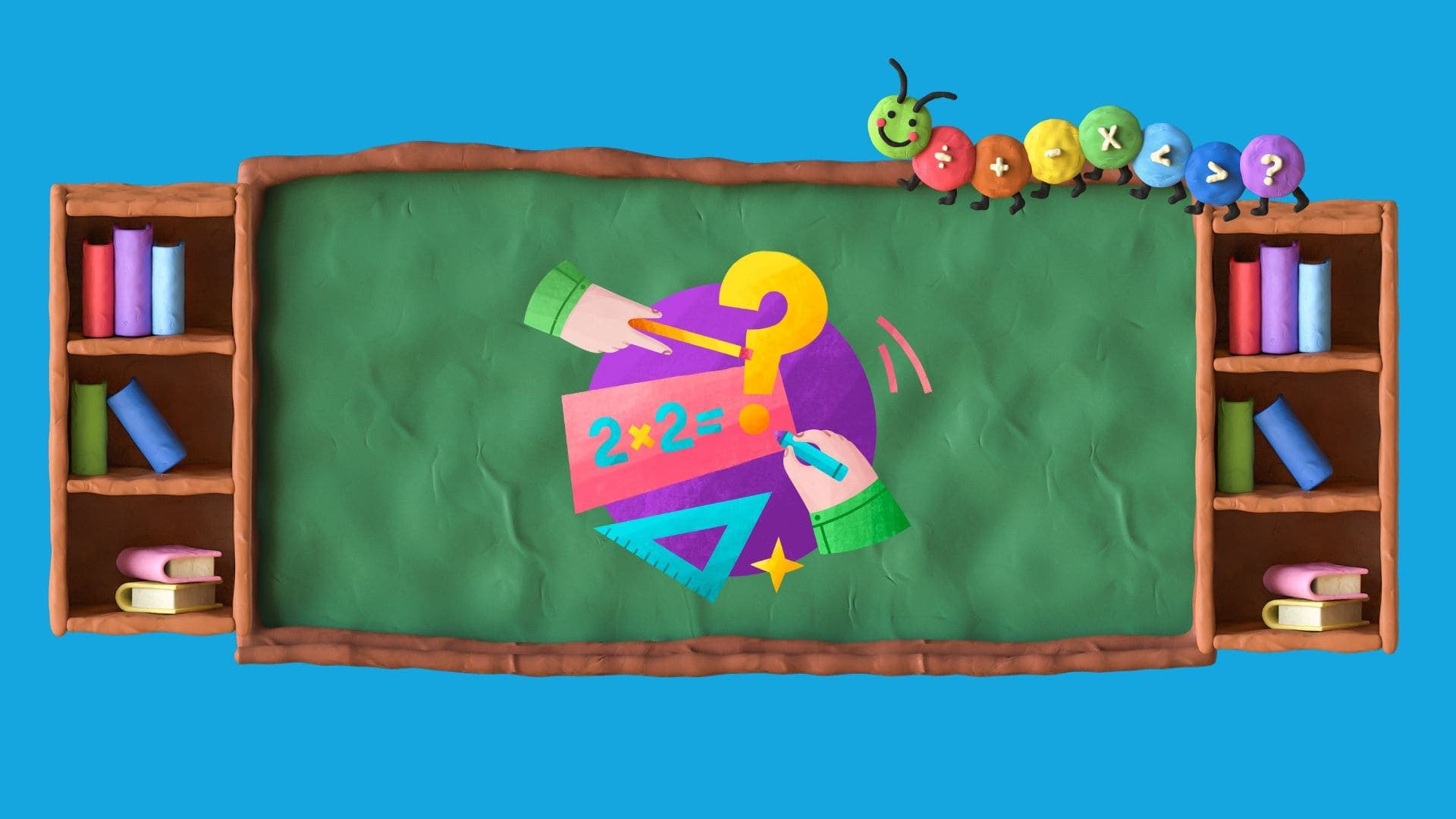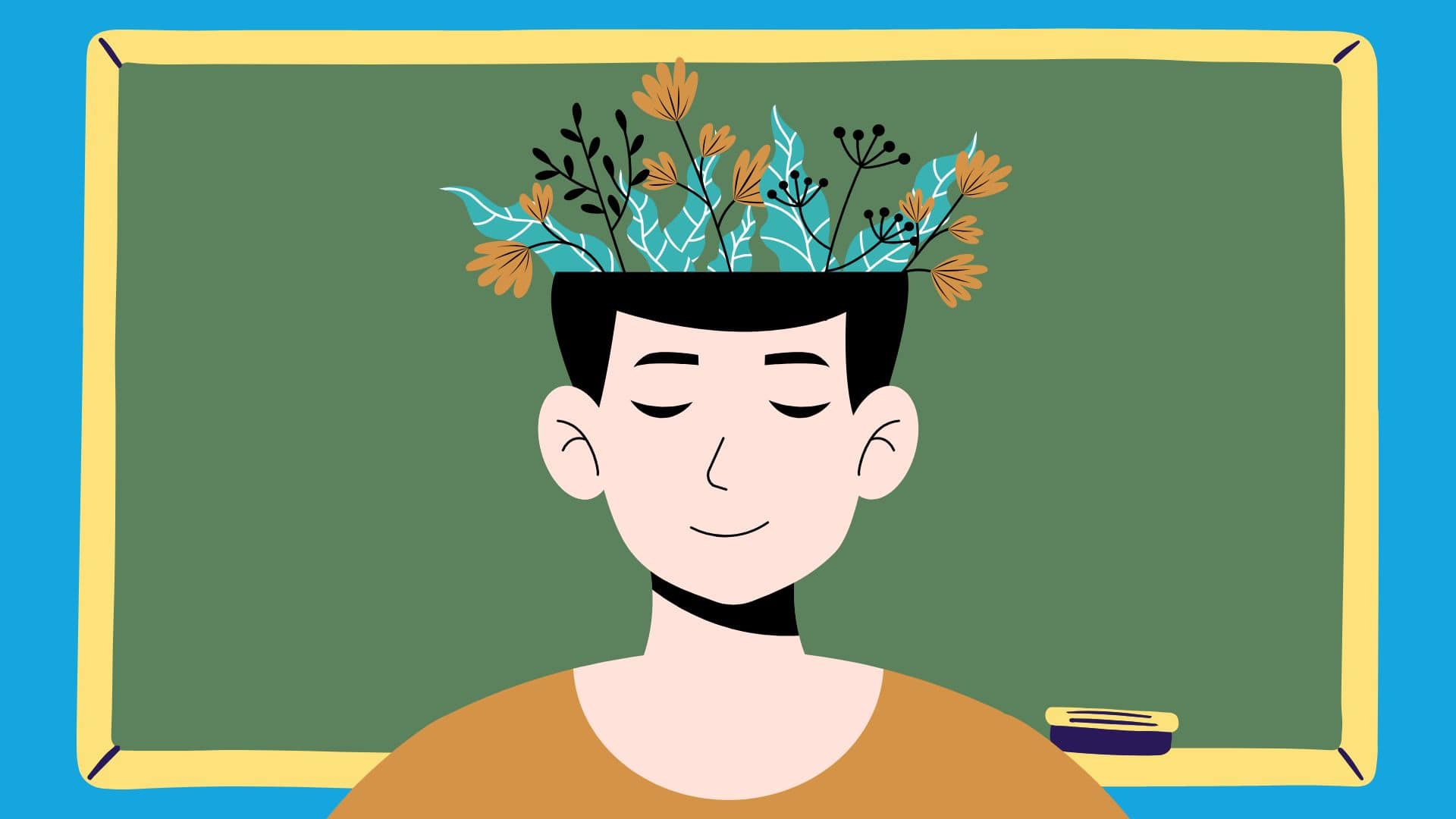
Many teachers have asked us what our top back to school ideas for teachers are, so we put this guide together below with some guidance that will help get your creative juices going! Whether you are a first-time teacher trying to figure out how to put your best foot forward or an experienced teacher looking for some additional advice, here are a few tips for back to school success.

Our back to school tips for teachers starts with our favorite one. One of the most important aspects to incorporate into your classroom, even before the first day of school starts, is personality. This is the first opportunity you have as a teacher to show who you are to your students. Demonstrating your personality to your students can be shown both in the physical classroom and through your presence.
In the classroom, try to decorate your room to reflect your personality. Maybe create a theme of something you value or think students will connect with. Show your character by giving the room character. If you love Star Wars for example, try adding some themed decorations to your room or naming your whiteboard Tatooine. It can seem silly, but incorporating this provides a more comfortable space for both you and your students, and gives them greater opportunity to connect with you. By showing your students a bit about who you are, you offer them the chance to relax and view you as more than an authority figure.
While your physical room can show your personality, you can also do this through your presence as an educator. For instance, it can be helpful to write a “Welcome to my Class” letter. This helps the students get to know you and allows them to get to see the person behind the teacher. If you are teaching an online course, you can email this letter before the first class, which will allow you to humanize yourself behind the screen.
The main goal here is to show the students who you are. Create a comforting and welcoming environment for them from day one. This will make them more comfortable in the transition to a new school year. And will help you create an enjoyable space for yourself as well.
Once you have humanized yourself, it is important to do the same for your students. Building a bond within the classroom is most beneficial when it is done early in the school year. A couple of ways to accomplish this are simply learning your students’ names and adding laughter to the curriculum.
The first thing, and possibly the most important thing you should do, is try learning the names of your students by the end of week one. In a study conducted by the National Liberty of Medicine, students completed a survey explaining why they felt it was important for their name to be known by a teacher or professor. In these results, nearly 31% of the students said it was because the professor knowing their name made them feel “valued in the course.” And additionally over 19% responded by saying that when a teacher knew their name they felt “more invested in the course.” Ultimately, something as simple as learning a student’s name can help them feel like an important member of the classroom and can improve their success in the course.
Another way to build bonds with your students is to incorporate a bit of laughter into the curriculum. Yes, you are there to educate the students and they are there to learn, but that doesn’t mean it can’t be fun. Laughter breaks up the monotony of class and brings in a different emotion – joy. This can be simple, such as having a joke or riddle of the day. Laughter is also shown to be beneficial from a scientific perspective. An Edutopia article demonstrated that laughter “activates the brain’s dopamine reward system” which is “important for both goal-oriented motivation and long-term memory.” Laughter provides a more relaxed environment for you and the students, and can ultimately improve a student’s learning ability.
Each of these simple, yet meaningful efforts helps to set up a welcoming environment. Incorporating personal facts about each other, the use of names, or just a bit of laughter encourages students to warm up to you and your role as their teacher.

Similar to building relationships and an intentional environment with your students, try to also incorporate these tips into your relationships with fellow teachers. On your first day of school, try to flash a smile to colleagues in the hall. If you are new to the school, introduce yourself from the start. This becomes beneficial on both a professional and personal level.
Building these relationships will provide you with individuals in your line of work that you can look to for advice, questions and support. This is especially important if it is your first time teaching or if you are new to the school. You can all work together to see what worked and what didn’t work for each other in years prior, and then use the collective experience to shape the upcoming school year.
On a personal level, your relationships with colleagues provide people you can relate to. You become a support system for one another, and having a friend in the workplace can make showing up to your job that much better.
Fostering your relationships with colleagues and students across campus can help you to succeed in the communication-oriented environment of education.

Traditionally, homework has been an extension of classwork that enhances learning. In the recent past, the role and efficacy of homework in elementary education have been topics of intense debate. Parents, educators, and policy framers often grapple with questions about the appropriateness, amount, and gains students derive from homework. Recent research explains this issue, offering …

Stuck at home and still need to prepare for an exam? We share study tips honed from years of e-learning experience.

Being a teacher can require you to handle many stressful situations. Here are a few tips and words of encouragement to help you maintain good mental health and self care practices while teaching.